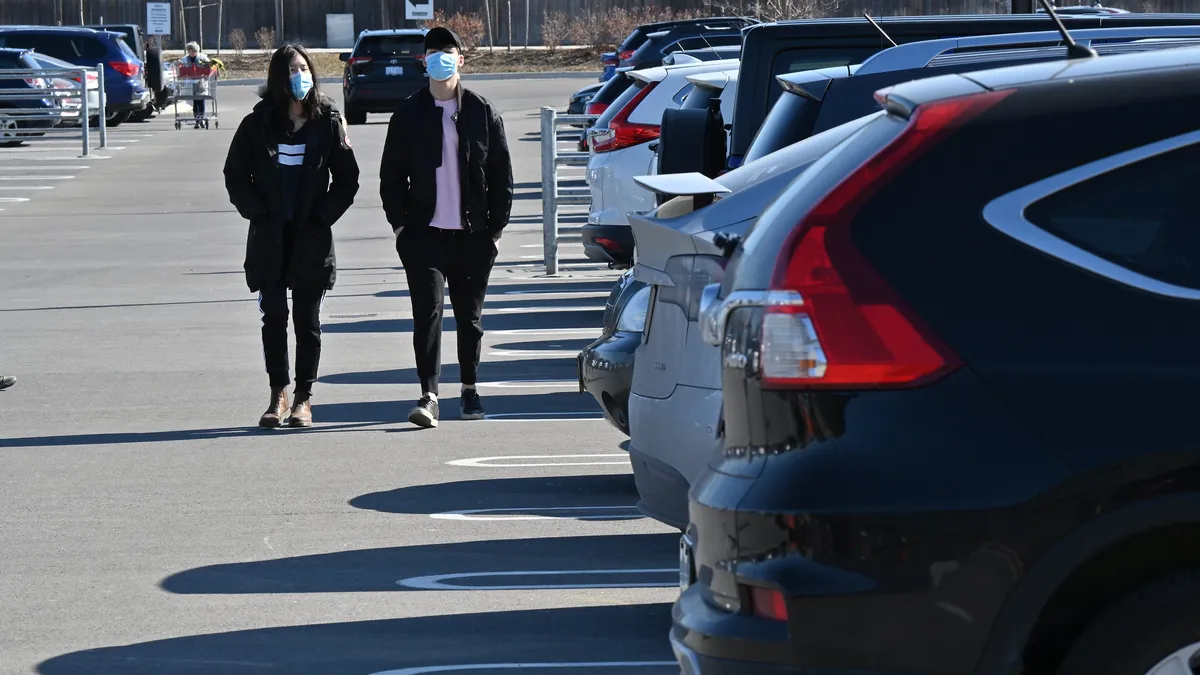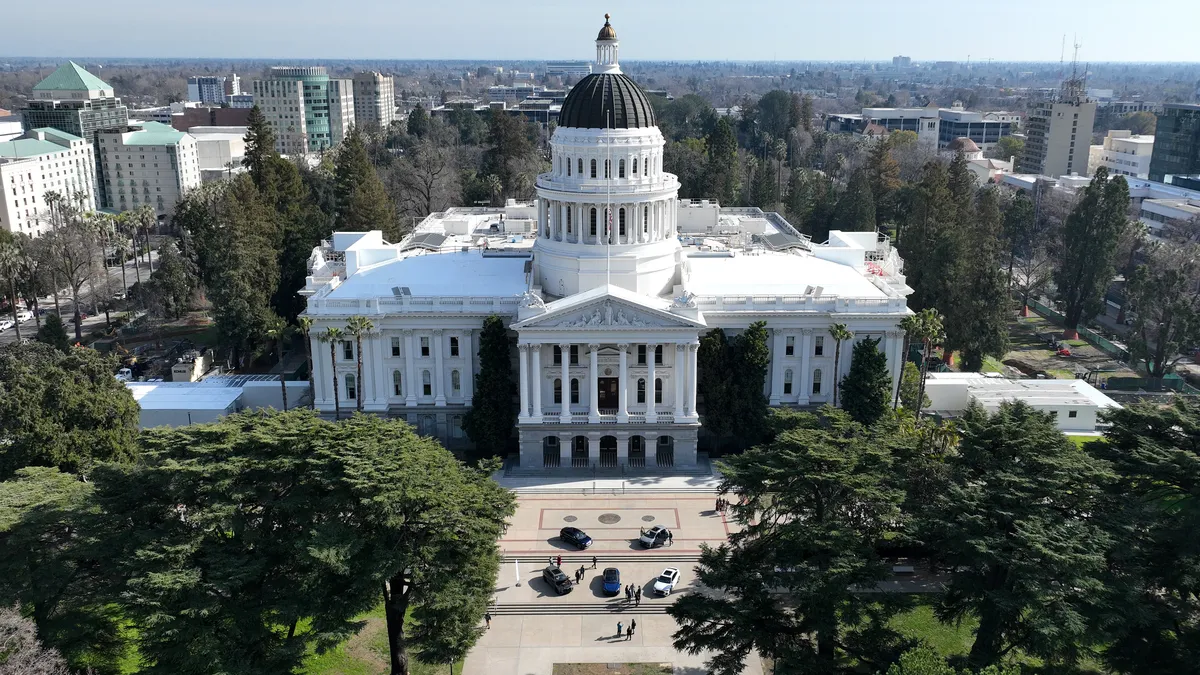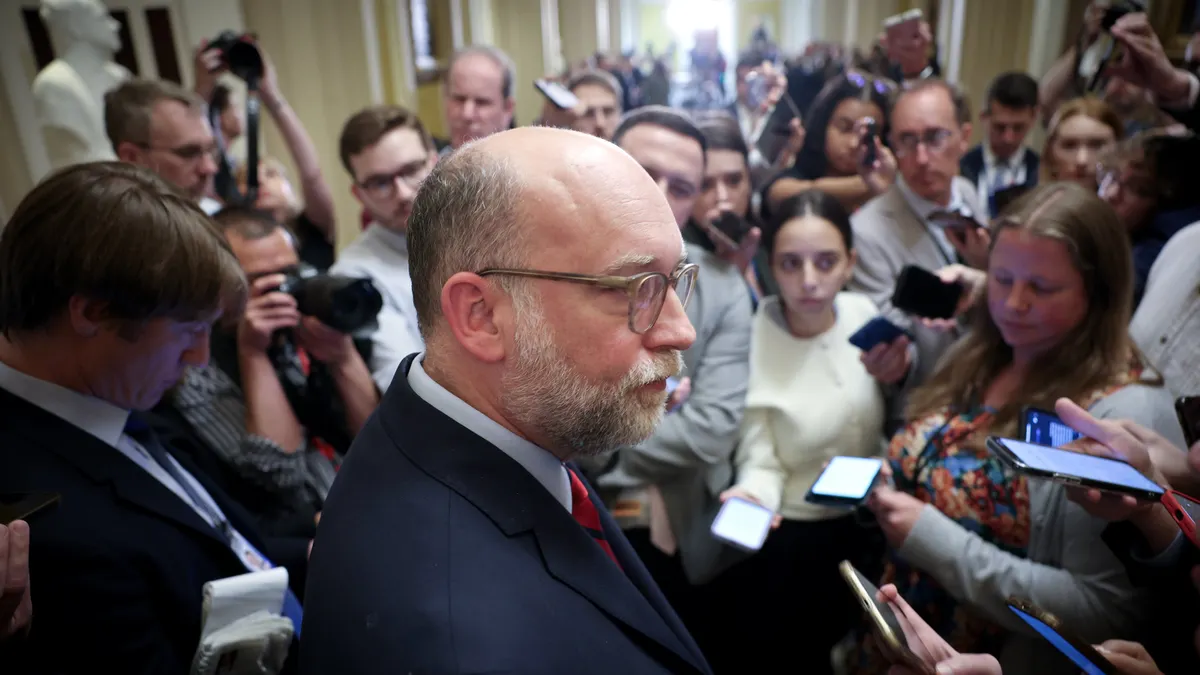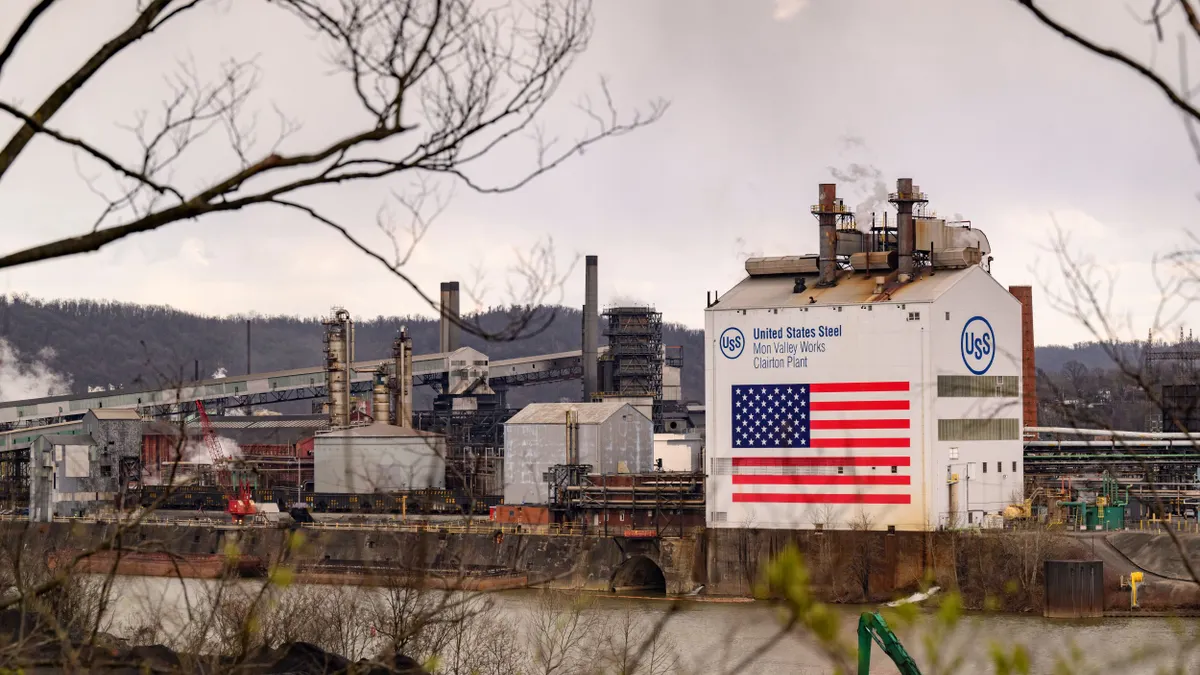As the U.S. looks to reopen society during the COVID-19 pandemic — a notion that has proved highly controversial — labor and employment attorneys with Philadelphia-based Cozen O'Connor didn't shy away from acknowledging how drastically the compliance landscape changed.
"If you had told me six months or a year ago that the government would be recommending that employers take on public health responsibilities, that would've been remarkable, but I think that's where we're at," David Barron, member of Cozen O'Connor's labor and employment practice, said in the firm's April 24 webinar on workplace reopenings. "We're increasingly seeing employers recognize that if they want to maintain a workforce that's not sick, they need to take the bull by the horns and do that themselves in some instances."
The webinar highlighted five key areas employers should consider as they decide to reopen.
1. Pay attention to state and local plans
The first detail to note is the federal government's three-phase reopening plan, which is supposed to provide guidance to state and local officials on reopening.
While individual areas of the country may decide on different timelines for reopening and on different systems for doing so, "it seems pretty clear that at all of these levels, federal and state, there's going to be certain responsibilities if not guidance for employers with respect to what they should be doing," Barron said.
For example, the federal government recommended that employers develop and implement policies regarding things like temperature checks, social distancing, protective equipment, sanitation, travel and disinfection of high-traffic and common areas. Even COVID-19 testing may fall into employers' purview during reopening, Barron said.
During the second phase of reopening, highlights of the federal government's guidance for employers include continuing to encourage telework whenever possible, closing common areas and making special accommodations for personnel who are members of a vulnerable population. Employers would still be dealing with many restrictions until phase three.
But that final phase could be months away, Barron said, and is heavily dependent on state and local timelines.
2. If you're a non-essential business, decide who must return first
Employers that operate a business deemed non-essential during the pandemic may want to consider a "phased ramp-up," Bethany Salvatore, partner at the firm, said. This could allow employers to limit potential exposure to COVID-19 and troubleshoot operational models.
Social distancing is another concern. When forming a recall plan, employers should consider the minimum number of employees needed to continue business operations in the event of an outbreak, and how many employees can work within an area while observing social distancing, Salvatore said.
Companies may want to consider recalling employees gradually, she added. But these decisions should not have a disparate impact on protected classes, Salvatore said, especially when employees within the same work segments are not brought back at the same time.
3. Develop a communication plan
Particularly when recalling employees, employers should give as much advance notice to workers as possible, which will depend in part on the reopening benchmarks of local governments, Salvatore said. Employers might want to consider requiring that workers provide a written acknowledgement of their intent to return to work for planning purposes, she noted.
Recall notifications may prompt some workers to disclose their intent to take paid leave guaranteed under the Families First Coronavirus Response Act, Salvatore said. This may give companies with fewer than 500 employees time to make alternative staffing arrangements.
Separately, employers will also need to determine how they will handle no-calls or no-shows. For example, some companies may decide to institute a "grace period" while others may decide that a failure to return immediately constitutes a voluntary resignation, Salvatore said.
Recall communications should detail company efforts to keep workers safe upon return, she added. For example, if workers are required to wear personal protective equipment such as masks or gloves, employers should communicate who is responsible for providing the equipment and when it should be worn, Salvatore said. Start, stop and break times may also need to be altered to comply with public health guidelines on mass gatherings. Temperature check policies, sanitation policies, workforce contact tracing policies should also be included.
4. Know that employees may be fearful of returning
Fears about the coronavirus will be a common obstacle for many employers, Salvatore said. "Even after recall communication clearly articulates the steps that the company is taking to keep the workplace as safe as possible, I do suspect that there are going to be a number of employees who refuse to return to work for fear of attracting COVID-19," Salvatore said.
Employers should avoid outright dismissing such concerns, Salvatore said, especially if those employees fall into vulnerable populations or if they state that they are in some kind of emotional or mental distress.
Discrimination can become a concern in such a scenario, Barron said, particularly if the employee believes that he or she is a member of a population vulnerable to COVID-19. In fact, the federal government's reopening guidelines recommend that vulnerable individuals shelter in place until phase three.
An employee citing those guidelines as a reason for not returning to work may in fact be an individual with a disability protected by the Americans with Disabilities Act, Barron said, and an employer would have to, at a minimum, engage in the interactive process with that employee. "Employers will see this definition of vulnerable employee again in lawsuits," he added. "It will be blown up in front of juries probably for years to come."
At the same time, workers who refuse recall may jeopardize their ability to receive unemployment compensation benefits, including the additional $600 per week offered under the Federal Pandemic Unemployment Compensation program, Salvatore said.
An employer can consider a furloughed or laid off employee's refusal to return to work a voluntary resignation or job abandonment, she added, and the company can report this refusal to the state's unemployment compensation office. But morale issues may arise, so communication around this point is key, Salvatore said. Companies should consider noting in their recall letters the actions they will take should an employee refuse to be recalled. "If this approach is taken, consistency application is key," Salvatore said. Employees, moreover, may not understand state unemployment compensation laws, and they may unintentionally lose both their jobs and their unemployment compensation by refusing to be recalled. Additionally, states such as Pennsylvania have specific forms for reporting recall refusals.
5. Determine how to handle benefits elections
Employee benefits decisions during reopening will depend largely on employment status, Matt Clyde, member at the firm, said during the webinar. Companies will need to determine whether employees can make new benefits elections upon their return and communicate how this process works, Clyde said. If employees were never terminated, the employer can honor prior elections.
If an employee was terminated and subsequently rehired, things become muddier, Clyde said. Most of the time, the employer will be able to pull up the employee's file, see what they elected previously and reimplement those elections, but this should still be clearly communicated to the employee.
But coverage may not be effective on day one of an employee's return to work, particularly if the employee was terminated. Clyde suggested that employers pay attention to stop-loss insurance rules, if applicable. "What you don't want to get yourself into … is where you promise coverage the first day and then you find out that your policy doesn't provide for coverage, and so you don't have insurance coverage either through your stop-loss carrier or your insurance carrier," he said.
Additionally, employers should note whether they need to change benefits plan documents to allow coverage while employees are off. This should be clearly specified in the plan document, Clyde said, especially if a time-off policy applies only to the pandemic itself.




















